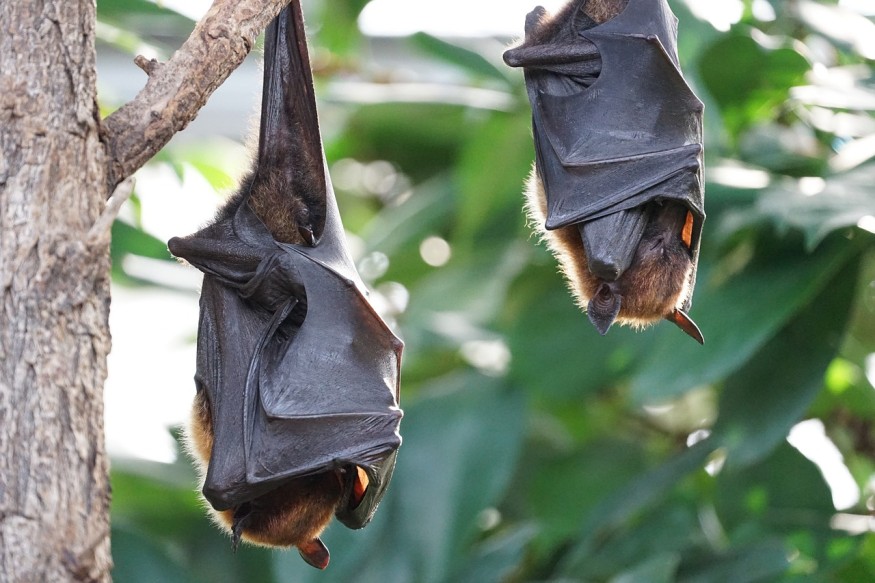Researches from the University of Cincinnati recently shared a study finding, stating that bat conversations might be "light on substance."
A ScienceDaily report said echoes from bats are quite simple: their calls' sound files can be compressed 90 percent without losing much information.
Specifically, the study shows how bats have evolved to depend on redundancy in their navigational "language" for them to be able to stay oriented in their multi-faceted three-dimensional world.
According to Dieter Vanderelst, co-author of the study, if one can make decisions with little information, everything turns simpler.
"That's nice," he added since there's no need for a lot of complicated neural machinery for the processing and storing that particular information.

Bat Calls Containing Redundant Information
UC researchers said they suspect that bats' calls contain redundant information and that bats might use effective encoding tactics to extract the most important information from their echoes.
A lot of natural stimuli animals encounter have a lot of redundancy. Additionally, effective neural encoding keeps important information while decreasing such redundancy.
To test their hypothesis, the study authors developed their own "bat on a stick," a device with a tripod-mounted in it, that releases a pulse of sound sweeping between 30 and 70 kilohertz, a range of frequency used by many bats.
By comparison, human speech usually ranges between 125 and 300 kilohertz. Essentially, over 1,000 echoes were captured in distinctive indoor and outdoor environments like in a barn, in different-sized rooms, among tree branches and bushes, as well as in a garden.
Recorded Echoes
In their conduct of the study, Efficient encoding of spectrotemporal information for bat echolocation, published in PLOS Computational Biology, the researchers converted the recorded echoes to a graph of sound also known as cochleogram, as explained in the National Library of Medicine.
They then subjected the graphs to 25 filters, importantly compressing the data. They had a neural network trained, a computer system demonstrated on the human brain, to find out if the filtered graphs still had adequate information to complete a number of sonar-based tasks known to be done by bats.
As a result, the researchers found that the neural network correctly identified the areas of the echoes even when the cochleogram was stripped as much as 90 percent of its data.
According to Vanderelst, an assistant professor in the College of Arts and Sciences and College of Engineering and Applied Science of UC, what the results say is that one can compress the data and still do what needs to be done.
'Ultrasonic Calls'
It means too, added Vanderelst, if one is a bat, he can do this efficiently. Researchers frequently can infer what these animals are doing just by listening to such calls.
Even if one doesn't see the bat, he can tell a high level of certainty what a bat is doing, said the assistant professor.
If it calls more often, according to a similar EurekAlert! report it's then looking for something. More so, if the calls are spread out, it is either cruising or studying something very distant.
Essentially, bats are producing their ultrasonic calls with a larynx, much like humans'. Such an impressive voice box that it can contract about 200 times per second, making it the quickest known muscle all mammals have.
Related information about bat sounds and echoes is shown on justsoundfx's YouTube video below:
RELATED ARTICLE : 18 Bat Species in Switzerland Found Harboring Viruses from 39 Viral Families Including COVID-19
Check out more news and information on Bats on Science Times.












